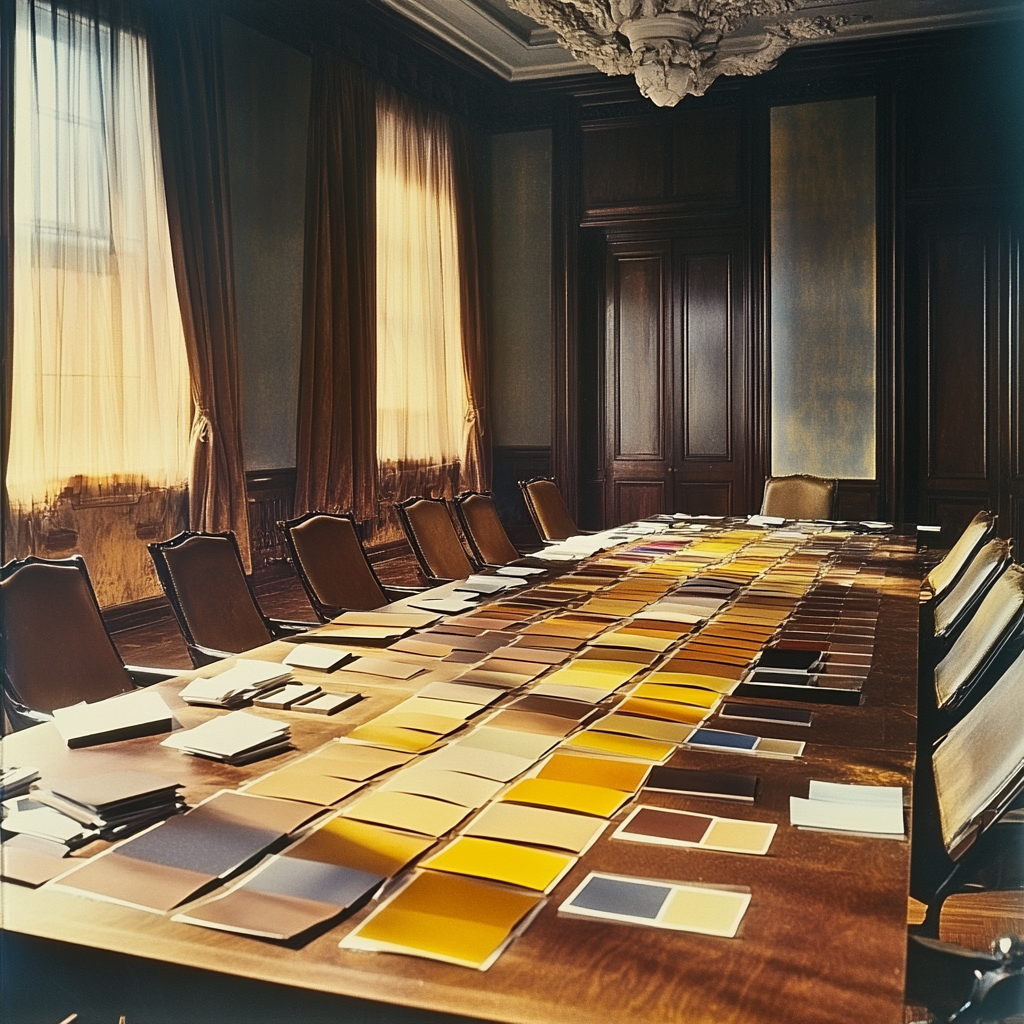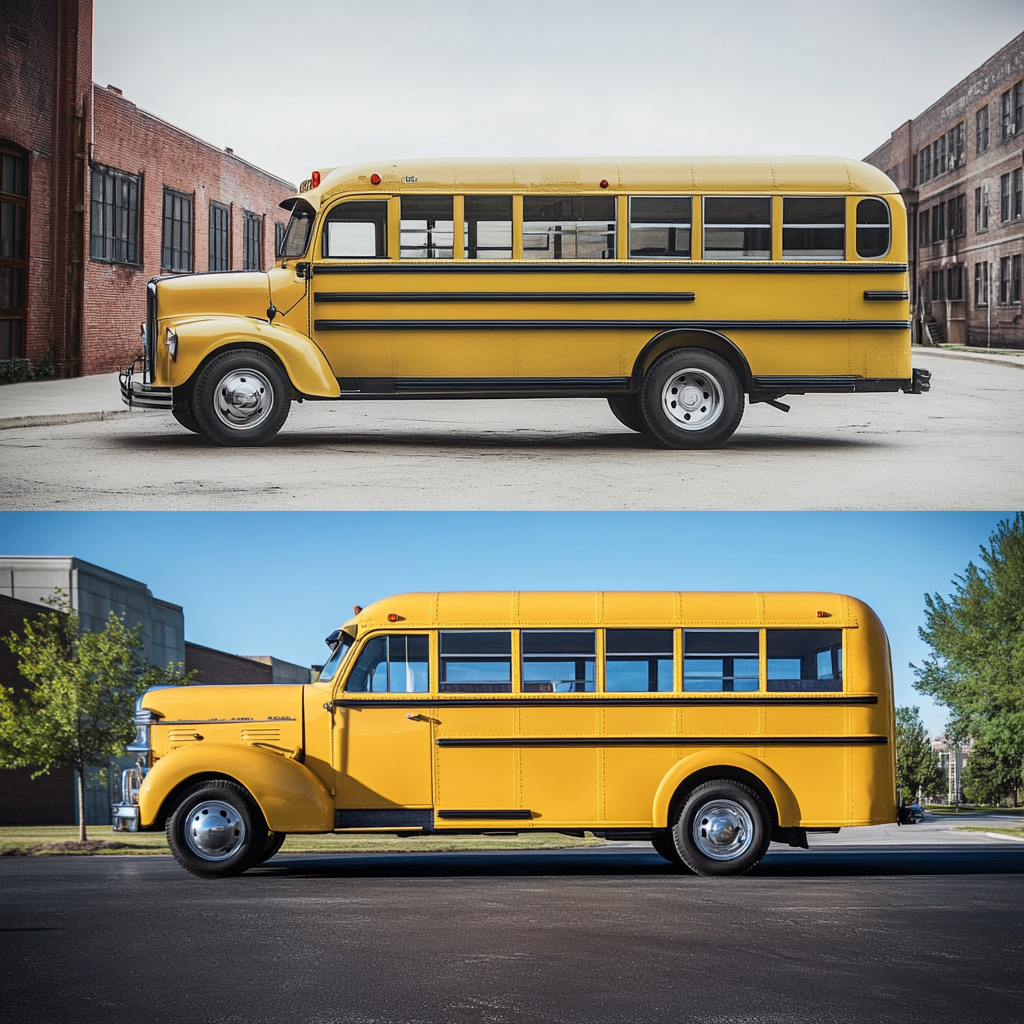The bright yellow school bus is as quintessentially American as apple pie. Every weekday morning, these sunshine-colored vehicles fan out across neighborhoods, safely shuttling millions of children to and from school. But have you ever stopped to wonder why school buses are yellow, of all colors? The answer lies in a fascinating blend of history, science, and a touch of educational reform that forever changed the face of student transportation.
The Birth of the Yellow School Bus
Before 1939, school transportation was a veritable rainbow of possibilities. Some districts proudly sported red, white, and blue buses as a patriotic statement, while others stuck to more practical earth tones. In rural areas, horse-drawn wagons were still a common sight. This colorful chaos was about to change, thanks to one man with a vision for safer, standardized student transport.
Enter Dr. Frank W. Cyr, a professor at Columbia University’s Teachers College. Dubbed the “Father of the Yellow School Bus,” Cyr recognized the need for consistency in school transportation. In April 1939, armed with a hefty $5,000 grant from the Rockefeller Foundation (equivalent to over $100,000 today), Cyr organized a landmark conference that would revolutionize school bus design.
The Great Yellow Debate

Picture the scene: a room filled with transportation officials from 48 states, bus manufacturers, and even paint experts from industry giants DuPont and Pittsburgh Paints. For days, these unlikely bedfellows pored over 50 shades of yellow-orange, debating the merits of each hue. It wasn’t just about aesthetics – they were on a mission to find the most visible, attention-grabbing color possible.
After careful deliberation, the group settled on a specific shade of yellow-orange. This color, initially christened “National School Bus Chrome,” would eventually become the iconic “National School Bus Glossy Yellow” we know today. But why yellow? The science behind this choice is as bright as the buses themselves.
The Science of Safety: Why Yellow Wins
The selection of yellow wasn’t just a random choice or a nod to number two pencils. It was a decision grounded in the physiology of human vision and the practicalities of road safety. Here’s why yellow emerged as the champion of school bus colors:
1. Maximum Visibility: The human eye processes yellow faster than any other color. This particular shade of yellow-orange falls within the wavelength that stimulates both the red and green color receptors in our eyes. This dual stimulation creates a stronger signal to the brain, making the buses incredibly noticeable, even in peripheral vision.
2. All-Weather Warrior: Yellow maintains its visibility in low-light conditions, such as foggy mornings or dusky evenings. This was crucial for ensuring the safety of children during their early morning pickups and late afternoon drop-offs.
3. Contrast is Key: The conference attendees discovered that black lettering on this yellow background offered the highest legibility in semi-darkness. This made it easier for drivers to quickly identify school buses, even in less-than-ideal lighting conditions.
4. Unique Association: At the time, no other vehicles on the road used this specific shade consistently. This uniqueness allowed the color to become instantly associated with school buses and groups of children, prompting other drivers to exercise caution.
From Chrome Yellow to Modern Marvels

The original “National School Bus Chrome” wasn’t just a catchy name. The initial formulation used monoclinic lead(II) chromate, commonly known as “chrome yellow.” This pigment offered superior protection for the steel bodies of early buses. However, as awareness of lead’s toxicity grew, manufacturers had to adapt.
The evolution of school bus yellow is a testament to the industry’s commitment to safety – both on the road and in terms of environmental health:
1. Cadmium Era: The toxic lead chromate was replaced by a mixture of cadmium sulfide (known as “cadmium yellow”) and cadmium orange or selenium pigments. This maintained the vivid hue while reducing lead exposure.
2. Modern Formulations: Today’s “National School Bus Glossy Yellow” typically uses azo-based organic pigments. These offer the same bright color and durability without the health risks associated with heavy metals.
3. Standardization: The specific shade is now codified as Federal Standard No. 595a, Color 13432. This ensures consistency across manufacturers and maintains the recognizable appearance that has become synonymous with student safety.
Today, approximately 26 million students – a staggering 55% of all U.S. schoolchildren – ride one of the nation’s 480,000 yellow buses to school each day. This massive fleet, instantly recognizable thanks to its distinctive hue, stands as a testament to the enduring legacy of Dr. Frank Cyr and that fateful 1939 conference.
The next time you see a yellow school bus rumbling down the street, take a moment to appreciate the blend of history, science, and safety innovation rolling by. That bright yellow isn’t just a color – it’s a beacon of educational progress, a symbol of community, and a daily reminder of our commitment to protecting our most precious cargo: our children.

